Whatever your exercise goals are, you can reach them at home. And the best thing is that you don’t even need any gym equipment to do that. Yes, you heard that right. You can work out at home without any fancy exercise equipment.
Whether you want to get fit, ripped, strong or big, there are movements you can perform using just your own body to get you there.
You can do bodyweight workouts for cardio, strength training, weight loss, weight gain, core stability, or functional fitness. You can increase your range of motion, rehab an injury or even build muscle mass.
Most of these exercises don’t need any additional equipment, just you and the floor. If you want to add resistance, we show you how to turn some common household items into makeshift workout equipment.
For example, your tables, chairs, and groceries can come in handy in your exercise routine if you need an elevated surface, a horizontal platform, or a set of makeshift weights.
If you want to up your game and take your home workouts to the next level, you can build some pretty amazing homemade exercise equipment and make your own DIY home gym.
Today, we’re going to give you an overview of how to work out at home without equipment. We’ll talk about how you can use your bodyweight and some improvised materials to nail your fitness goals and some of our favorite no-equipment workout videos.
How To Work Out With No Equipment
If you want to work out at home yet don’t have any fancy home gym equipment, here are three kinds of exercises to get you started:
- You can do movements that involve just your bodyweight. Don’t underestimate the resistance you can produce by using nothing but your body.
- You can use a towel to add a bit more resistance and mobility to your routine. You can do some pretty creative towel workouts at home, and they are more effective than you’d think.
- You can get even more advanced and look for things around your house to use as makeshift dumbbells or make your own equipment
Bodyweight Only Exercises
Exercises that use only your bodyweight are a great way to get started right now. Bodyweight workouts are generally best suited to cardio, strength training, and functional fitness.

The easiest exercises involve pushing one muscle group against another or pushing your weight against the floor. Once you get a bit more advanced, you can learn how to position your body to focus on harder-to-hit muscle groups, as we’ll show you later in the workout videos.
Building muscle mass with just your bodyweight can be a challenge. But, if you know what you’re doing (and you will after reading this article), then that’s totally doable.
If you want to incentivize your muscles to get big, you need to keep challenging them. That means your workouts need to get harder, which isn’t easy with the static weight of your body.
A few ways you can keep your muscles challenged and growing with nothing more than your bodyweight include:
Towel Exercises
A dishtowel from your kitchen can add another dimension to your bodyweight workouts.

Who thought that a towel can turn into DIY home gym equipment. It seems kind of silly, but a towel or any small length of cloth can help stretch your muscles a bit differently than pure bodyweight exercises.
A towel can make pulling movements, which are notoriously hard when working with just your body, easier to perform. It can also decrease friction for floor-based movements, as we’ll show you in our video sections. We’ll show you some videos with great towel workouts later in this article.
Makeshift Weights
No home gym is complete without a set of weights, but don’t worry if you don’t have any.

Using makeshift dumbbells is a great and easy way to add weight to all kinds of exercises. Grab a few canned goods or bottles full of liquid for an instant increase of a few pounds, or fill old bags, bottles or socks with sand for a few more pounds.
If you don’t mind getting a bit more time and creativity involved, you can look for furniture, clothing, or structures around your house to use in your workouts. Incorporating these household items into your home workouts can accomplish two main things:
- Add more weight to your movements to make them harder
- Add more planes of movement to hit more muscles
When you hit a plateau working out with just your body, you can add more weight to a lot of movements by using some kind of elevated surface, like a chair or table, to raise part of your body. For example, you can target your lowest and upper chest by placing your legs on a chair or a table.
You can put your feet up on a chair for incline pushups or use a low stool for elevated lunges or box jumps.
A great way to add more planes of movement to your workout is to find some kind of bar or high platform you can use to pull your bodyweight upwards. Pulling exercises hit the muscles in your posterior chain in a way that pushing exercises can’t. However, pulling exercises generally work against gravity and are hard to do with just your body. In the video sections below, we’ll demonstrate a few ideas on how you can improvise and turn some stuff in your home into effective gym equipment.
Cardio & Strength Training Without Equipment
When you think about doing cardio at home, the first thing that comes to mind is getting a machine, like a treadmill, exercise bike, or an elliptical. But the truth is that you can have a good cardio workout at your no-equipment home gym without spending money.
When we say cardio, we mean any activity that pushes your heart rate higher than normal for an extended period of time. Cardio usually involves fast, light exercises, which are perfect for doing in your living room or garage.
Strength training workouts focus on strengthening your actual movements rather than building mass or losing weight. There are strength workouts for everyday movements that mimic, for instance, moving furniture and lifting groceries. There are many sports-specific routines that mimic movements from your favorite sport. Such exercises can help you throw that ball farther, jump higher, or have a stronger grip.
Like cardio exercises, strength exercises are generally quick and light. The difference is that some sports-specific strength training covers more ground than most simple cardio. You may need a bit more space to do specific plyometric strength workouts at home.
Both cardio and strength training workouts usually include a lot of floor exercises. You might want to lay down a towel or mat to keep comfortable and clean.
The Benefits of Bodyweight Exercises
We understand if you’re still a bit skeptical about whether you can really get a good workout with no expensive equipment or massive weights.

Ads and sales reps will try to convince you that you need to buy a home gym machine in order to get a good full-body workout, but that’s just not true.
Not that we have anything against these all-in-one workout machines, we just say there’s another way to get a good home workout.
Whether you’re an athlete or an everyday Joe or mom with a day job, recent research has begun to show that regular bodyweight workouts will improve your endurance, strength, and performance.
Need proofs?
ENDURANCE, STRENGTH AND PERFORMANCE
One study took a group of regular men and had them do a bunch of bodyweight exercises, like the ones we’ll show you in our videos below, for a month and a half.
All of the men showed improvements in strength and muscle power. They could lift more and move quicker after only six weeks of training with no equipment.
Another similar study followed a group of male recreational athletes doing bodyweight workouts for eight weeks. Every single one was stronger and faster and with higher endurance at the end.
SAFER
Bodyweight exercises are considered safer than exercises with weights and can also make you more resistant to injury. It’s harder to overload your muscles and joints with just your bodyweight, so you can expect fewer strains and lingering pains.
Building strength with just your bodyweight teaches your muscles, joints, and ligaments to work together. You’ll get better at moving in the real world in many different situations and planes. As your balance and mobility improve, you’ll be a lot less likely to take a nasty fall or pull a muscle with a weird movement.
GREAT CORE WORKOUT
Bodyweight-only exercises center around your core. That’s where most of your weight lies, so whatever muscle group you’re focusing on, your core will also be helping out.
Besides working on that six-pack, you’ll also be perfecting your stabilizing muscles and teaching your abs and core to respond to challenges quickly and with proper form.
VARIETY
Another benefit of bodyweight exercises is the endless variety. If you want to go hard one day and light the next, it’s easy and intuitive to make the necessary adjustments, as we’ll show you in the tips section below.
You can keep your focus narrow and isolate problem areas. You can continuously challenge your muscles by combining exercises or switching grips. There’s always someone on YouTube coming up with new bodyweight routines to help you avoid a muscular plateau.
CONVENIENCE AND FREEDOM
The great thing about the bodyweight workouts we’ll show you in the videos below is that you can do them anywhere. No equipment means that you can do them at home, at work, or when traveling.
You’ll be able to work out while watching TV, taking a break at the office, or in the backyard soaking up the sun. If you get sick of staring at the décor in one room, you can move your bodyweight gym to the next room or to the park. You can do full bodyweight workouts in your kitchen, in your hotel room, on the beach, or in the parking lot.
Tips for Great No-Equipment Workouts
Here are a few ideas you can use to get the best home workout possible without using any equipment.

How To Divide It Up
At the gym, you’d probably divide your workouts up by muscle groups, focusing on one group each day and resting the rest.
Most bodyweight exercises are compound movements that use several muscle groups together, so it’s less productive to divide your days up the same as you would in the gym working with machines.
We’ve found it helpful to think of our body in quarters.
It’s easy to think of the upper body vs. the lower body. It’s also easy to separate the anterior chain from the posterior chain. Anterior chain muscles are front-facing muscles, for example, your chest, biceps, and quadriceps. Posterior chain muscles are your rear-facing muscles, for example, your back, triceps, and hamstrings.
Pushing movements tend to work out your anterior chain, and pulling movements focus on your posterior chain. This makes the quarter method intuitive.
One day you’d do pushing movements with your upper body, the next day you could do pulling moves with your lower body. After that, you’d do upper body pulling movements followed by lower body pushing movements.
This can help make sure your muscles get enough rest between workouts.
Bodyweight Cardio
If the idea is to improve your cardiovascular fitness, you need to do a lot of quick reps. That means you don’t need to lift a lot of weight, as otherwise, you wouldn’t be able to do many reps. You’ll get exhausted sooner than you’d want.
For bodyweight exercise, you can keep the weight down by doing exercises with both sides of the body rather than one at a time. For example, instead of lunges, which work one leg at a time, do squats, which work the muscle in both legs.
You can also lower your weight with elevation. Use an elevated surface or platform to either lower your body or raise the muscle group you’re focusing on.
In practical terms, you can do pushups with your hands on a table instead of on the floor or lunges with your front foot on the first step of your stairs. Don’t have access to stairs? You can make a DIY aerobic stepper.
Try to do movements where you’re strong enough to do at least 15 repetitions to really make sure your heart gets the message. And rest as briefly as you can, or better yet, move on to the next bodyweight exercise without any rest in between.
Avoid Plateau
Whether you work out at the gym or at home, progress is essential. Your body will quickly adjust to any movements or exercises you do, so it’s necessary to either switch things up or make them harder.
You can make exercises harder by going from bilateral to unilateral. That means doing sets with one arm or leg at a time instead of both. You can combine this with elevation to find exactly the right amount of leverage for each muscle group.
Let’s look at pushups as an example. A regular pushup has four dimensions of difficulty. Elevating your legs makes them harder while elevating your arms makes them easier. Using two hands makes them easier, while one-handed pushups are expert level.
You can find exactly the right amount of weight by playing around with these dimensions. If two-handed flat pushups are too easy, but one-handed flat pushups are too hard, try two-handed decline pushups or one-handed incline pushups.
Use Combos
A fun way to keep your bodyweight workouts both challenging and entertaining is to play with different combinations of exercises and pauses.
Try performing two different exercises with no rest between sets. These are called super-sets. For instance, you could do a set of triceps dips and then go straight into 20 pushups without stopping. Try to combine exercises that work out similar muscle groups, like squats followed by lunges.
Another intense combination is the rest-pause method. Do as many repetitions as you can of a single exercise, rest for five or 10 seconds, and then do as many more repetitions of the same exercise until your muscles fail you.
An interesting variation of the rest-pause method is the rep-goals method. Here, you set a goal of total repetitions of a specific exercise and then try to reach that goal with as little rest as possible. If you decide you’re going to do 50 inverted rows, for instance, you might do 30 in one set, rest for a minute, then do 20 more, and then rest for 30 seconds before doing the final 10.
Full Body Home Workouts for Beginners
The best workouts are the ones you actually like doing. If you don’t like your workout, you’re less likely to keep at it long-term. This rule applies as much at the gym as it does to a home workout. However, since it can be even harder to keep your motivation when exercising at home, we suggest you pick exercises that you like doing.
We’re going to give you some examples of exercises you can do at home, using your bodyweight, a towel, and a few other basic accessories. The idea is for you to find exercises you like and group them in a way that works for you. You can combine all three: bodyweight only, towel assisted, as well as improvised weights.
Although many of these videos include exercises for every part of your body, we don’t recommend doing a full-body workout every day. Try to get into a weekly rhythm where you work out every muscle group or section at least once or twice a week but preferably not on consecutive days. If you push yourself, you might get muscle soreness the day after. It’s better to give your muscles a little rest to recover.
Perfect Form for Common Bodyweight Exercises
This first video shows you how to perform the five most common bodyweight exercises with perfect form:
- Squats
- Pushups
- Pull-ups
- Lunges
- Dips
You get front and side views together with a running commentary on what to focus on and what to avoid. It can help to do your first few reps in front of a mirror. You can compare yourself to the examples in this video and correct any issues before they become bad habits.
If you need ideas on making a pull-up bar or ideas on where you can do pull-ups without a pull-up bar. Check our homemade pull-up bar.
Instead of using gymnastic rings to do dips, you can sit on the floor with a chair on either side of you and use them to raise your body off the ground. If you want to make the dips harder, put a third chair in front of you to elevate your legs.
Bodyweight Cardio Using a Towel
This video focuses on bodyweight cardio to help you trim some fat and get your heart pumping. All the exercises are light and quick and with a lot of repetitions. There are some interesting variations on common movements that you can use to switch things up.
Some of these exercises show you how to use a towel to challenge your muscles in different ways. The key is to hold your towel at each end and make sure you stretch it like you want to tear it apart. That tension will hit your upper body in a way that’s hard to do with just your bodyweight. This workout shows you how to use that towel stretch as a base to do compound movements like presses and snatches.
Full-Body Bodyweight Workout for Beginners
This video takes you through nine beginner bodyweight exercises. It shows you the regular way to do each exercise, as well as a lighter variation that’s a bit easier when you’re just starting. The exercises include:
- Shuttle runs
- Pull-ups
- Pushups
- Lunges
- Leg raises/knee tucks
- Inverted rows
- Dips
- Squats/box jumps
- Mountain climbers
If you have a sturdy table, the video demonstrates a clever way to crawl underneath it and use the surface to do inverted rows. It also shows you two ways to do dips at home using stools or steps. The workout finishes with mountain climbers, a killer way to get ripped starting from the plank position.
Advanced Full Body Home Workouts
More Advanced Versions of Common Bodyweight Exercise
If you’ve mastered the basic bodyweight movements with perfect form, this video will take you one step further. It demonstrates five slightly more advanced variations on common bodyweight exercises.
These twists can make your workout a bit harder and give it a bit more variety, all without adding any equipment. Instead of using rings for the reverse rows, you can use a sturdy table, as demonstrated in the video above this one.
The exercises include
- The spiderman
- The sumo frogger
- The baby frogger stall
- The three-point bridge rotation
- The reverse row
Towel Sliding
This workout shows you how to fold your towel, place it under one or more of your limbs and use it to slide across the ground. That simple idea can give you hundreds of new ways to move your bodyweight around using specific muscle groups.
Towel sliding exercises work best if you do them on a hard surface. If you need to work out on a carpet, you can use paper plates instead of a towel.
Advanced Full-Body Routine
One of the great things about this video is the comprehensive warmup routine it begins with. Some of the warmup movements use resistance bands, but they work just as well without bands or using a towel stretch instead.
As we’ve seen in the previous videos, you can substitute chair dips for ring dips and use a strong table for the inverted rows. You’ll also need a wall you can lean on for some of the movements, as well as some kind of pull-up bar.
Compound Bodyweight Exercises
Compound bodyweight exercises make multiple muscle groups work together. They will make your home workout more efficient since you hit more muscles in less time. That’s also great for building up a good foundation for improving overall full-body strength.
Here are some tips on how to do our favorite compound bodyweight exercises.
Burpees
Burpees combine squats, pushups, and jumps into a compound movement that will leave you breathless.
- Start standing up with your knees slightly bent.
- Squat down, and put your palms on the ground between your legs.
- Put your weight on your hands, and kick your legs backward to plank position.
- Do a pushup.
- Now, reverse the entire movement. Start by hopping back into a squat position.
- Instead of just standing up, jump into the air from your squatting position, and clap your hands above your head for emphasis.
- Bend your knees as you land for a soft impact.
- Repeat.
There are good reasons why the burpee is considered the king of bodyweight exercises. We recommend you check out our burpee guide.
Walk-Out Pushups
- Start standing. Hinge forward at your hips, and place your hands on the ground slightly wider than your shoulders.
- With your weight supported mostly by your arms, walk your hands forward one at a time until you’re in plank position.
- Do a slow pushup.
- Walk your hands back until you’re standing in your original position.
Squat Jump to Pull Up to Frog to Leg Raise to Ab Crunch
This section is to get you thinking about which exercises you can put together to make your own combinations. If you don’t have much time, it works to throw a few exercises together into fluid, looping movements that wear you out quicker.
Any combos you can come up with will get your heart rate up and your muscles moving together. If you’re on a ticking clock, combos can help you use your imagination to build more strength in less time.

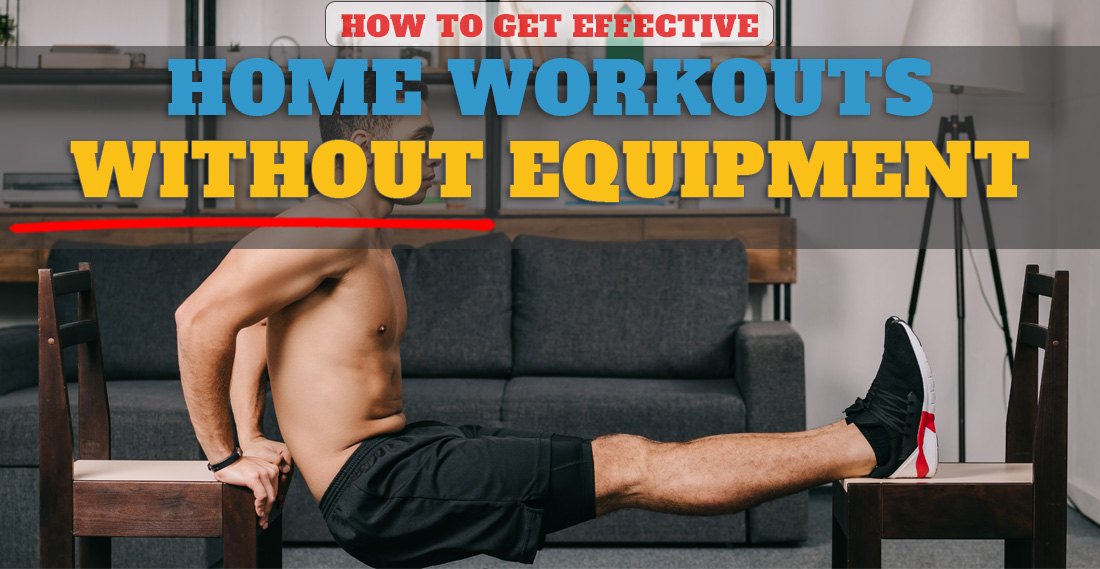
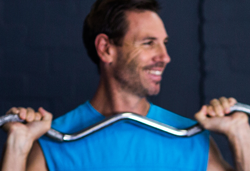


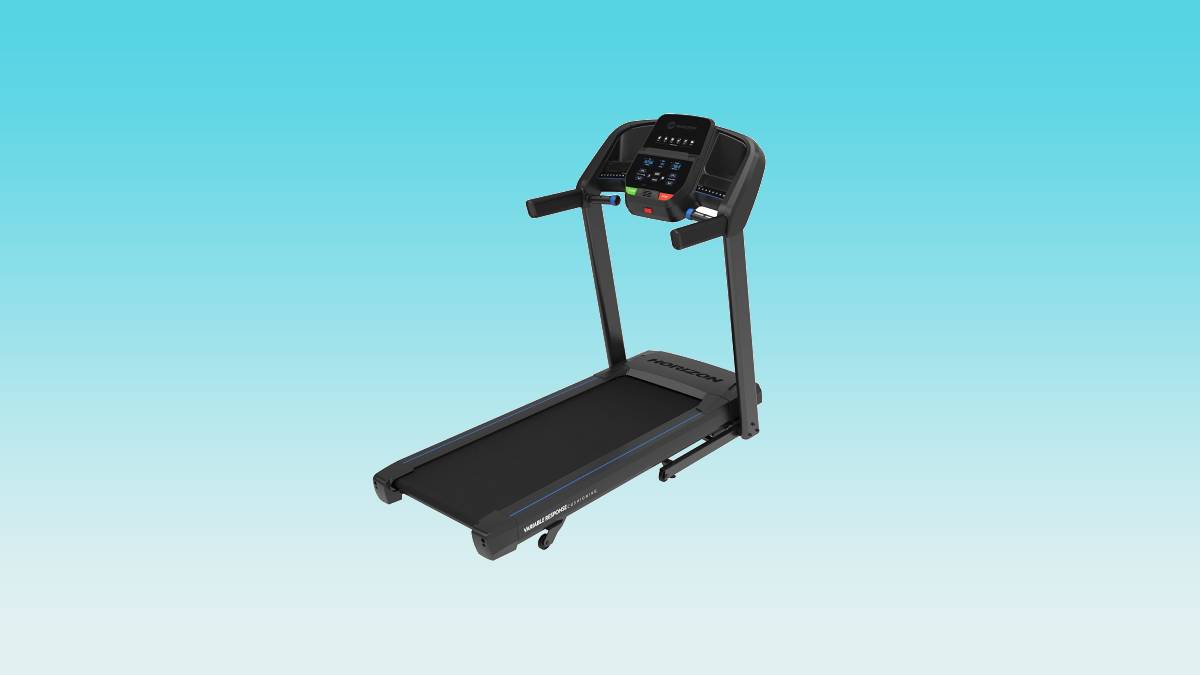
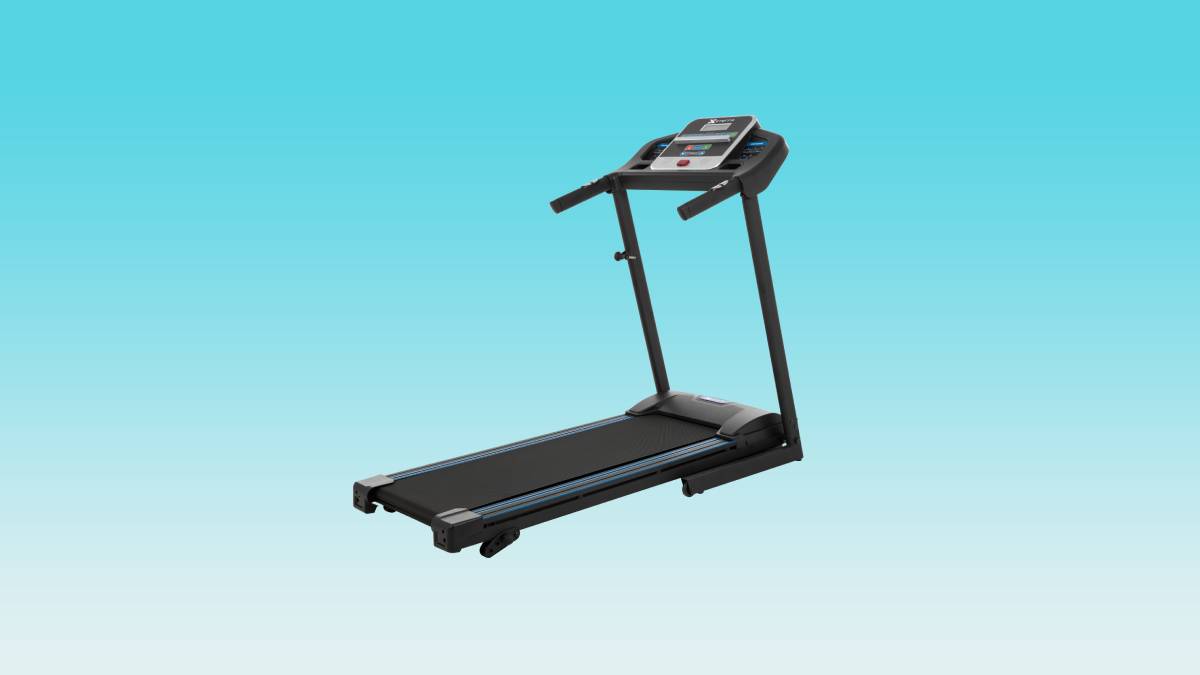
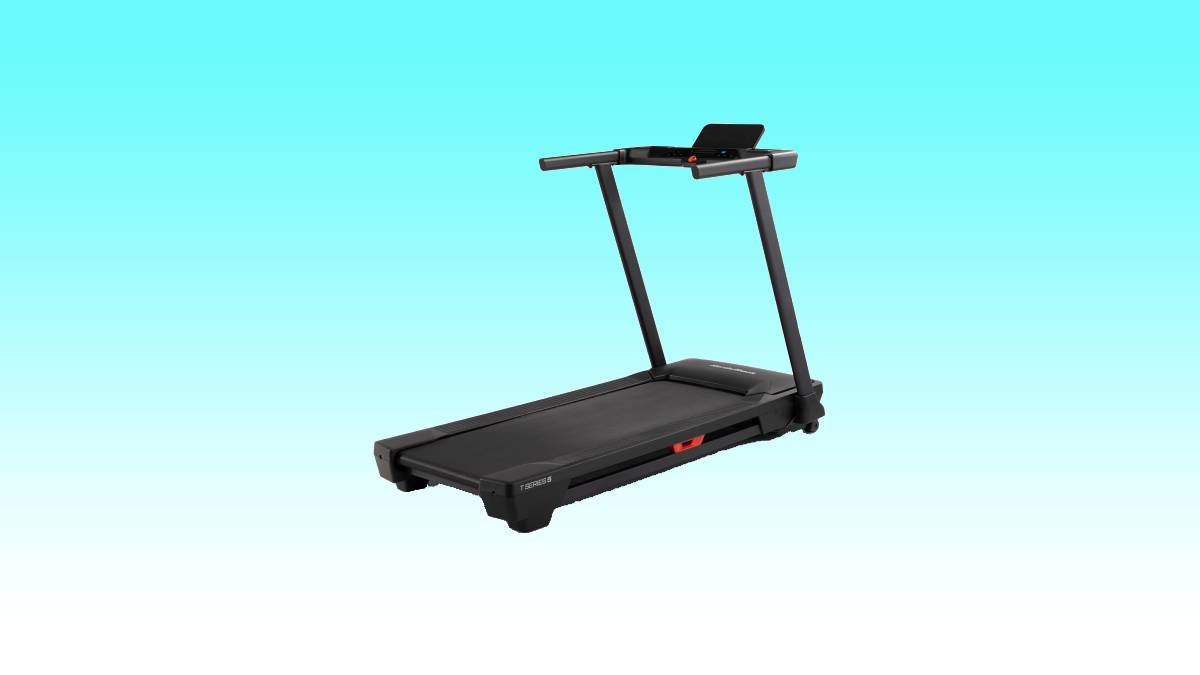
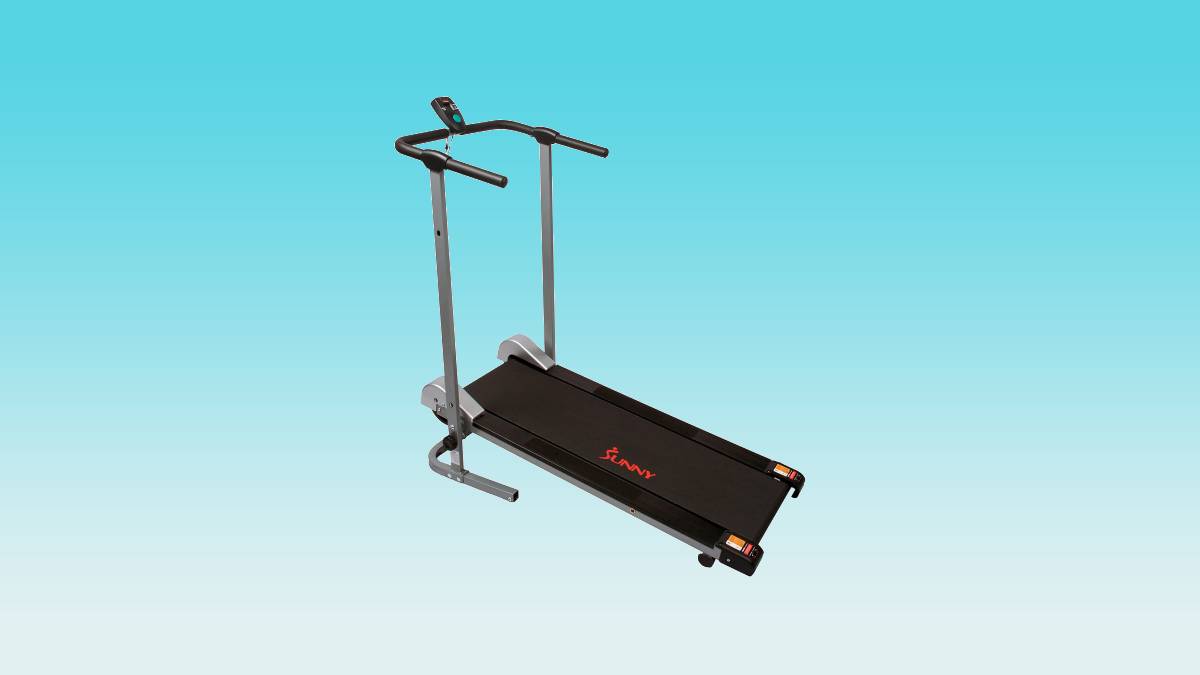
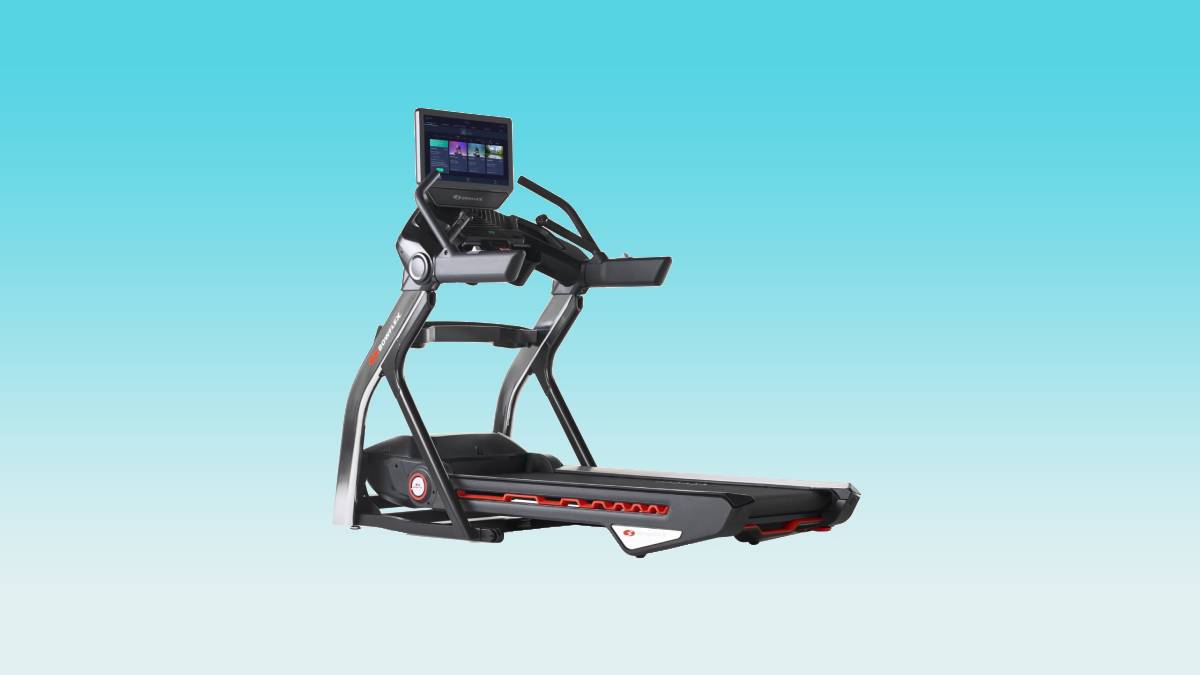
Leave a Reply